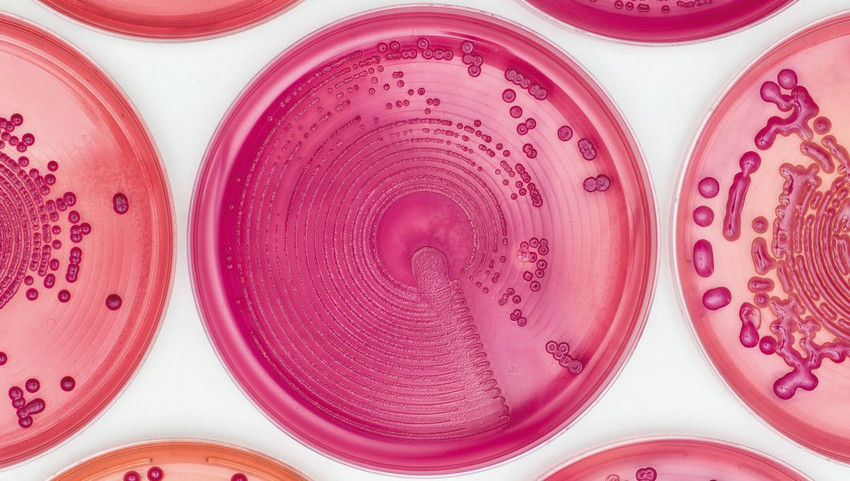The AMR business (Part I)
The threat of antibiotic resistance is as great as that posed by climate change – a warning repeated by Dame Sally Davies several times this summer. In September, she stepped down as England’s Chief Medical Officer after serving in the role for nine years. But by nominating her as a special envoy for AMR – a role she will take on alongside her official new job as Master of Trinity College in Cambridge – the UK has reaffirmed its desire to play a key role in high-level international fora and debates, and to keep pushing to further political commitments.
This is underpinned by the fact that NICE and NHS England are set to explore a ‘de-linkage’ style innovation model for antibiotic reimbursement. To that end, the NHS announced a trial in July 2019 for a subscription-style model that will pay pharmaceutical companies up front for access to effective antibiotics. The step makes the UK the only European country to be currently pushing actively for a solution to the widely discussed problem of market failure in the field of AMR.
Some recent developments in the US have provided further hope. Recently, the country’s Centers for Medicare and Medicaid Services (CMS) launched policies aimed at providing incentives for hospitals to use newer, more expensive, more effective and less toxic antibiotics for the treatment of infections caused by resistant pathogens. The CMS is taking a two-pronged approach. Hospitals can now apply to receive reimbursement of 75% of a drug’s cost beyond the usual diagnostic related group (DRG) reimbursement. The previous reimbursement allowed under their New Technology Add-on Payment (NTAP) programme was just 50%. “The new payment rule on antibiotics is a clear acknowledgement by Medicare that economics have stood in the way of appropriate use of new antibiotics in US hospitals,” comments Kevin Outterson, Executive Director of the international accelerator CARB-X. ”The Administrator of Medicare, Seema Verma, made this clear in her article in Health Affairs on 2 August, the same day the final rule was published.” He also adds that “the new rule takes several helpful steps that became effective on 1 October 2019, but the most important work is left to next year’s rule – to create something akin to a carve-out for QIDP antibiotics from the hospital DRG.” In addition, the US Senate might release a new act called DISARM. The bill currently under consideration in the US Congress would allow 100% reimbursement for drug charges arising from treatments of resistant infections. According to Outterson, “the proposed DISARM Act has similar goals to the Medicare initiative; we need one of these as soon as possible to stabilise the market while work continues on a longer-term solution like a Market Entry Reward.”
However, experts in the field remain uncertain whether these new reimbursement changes will really make a scalable difference to bottom lines at companies. At the ASM-ESCMID conference, which took place in early September in Boston, some of the 400 AMR experts were in favour of the model having at least one more pull parameter in the system. Others, however, were uncertain, saying that due to low resistance rates in US hospitals, many haven’t even considered it necessary to keep stocks of novel antibiotics. In view of the hot debates surrounding various aspects of drug pricing and the expense of pharmaceuticals in the US, it’s not clear yet whether policymakers there will be able to push through a bill leading to higher reimbursement for antibiotics.
International campaigns and demands for a robust AMR policy
Despite the quagmire, lobbying groups are pushing hard, and one broad global coalition of AMR stakeholders has sent policymakers a sign that action is urgently needed. On 23 September, US Department of Health and Human Services (HHS) Secretary Alex Azar announced during the 74th United Nations General Assembly in New York that since its inception a year ago, the US government’s Antimicrobial Resistance (AMR) Challenge has received nearly 350 commitments from 33 countries to implement specific actions to combat AMR. Global commitments have come from pharmaceutical, biotech and health insurance companies, the food industry, medical professionals, healthcare systems, government health officials, NGOs and others. The AMR Challenge “marks a historic step, and sets a promising precedent,” Azar said at an event co-hosted by the Bill and Melinda Gates Foundation, the British Wellcome Trust, the American Society for Microbiology, the Antimicrobial Resistance Fighter Coalition, and the Centers for Disease Control and Prevention (CDC) Foundation. Azar also announced a second Antibiotic Resistance Threats report aimed at “giving us a clear picture of the significant work that is still needed to prevent resistant infections and stop the spread of germs.”
In addition to this more general political alliance, over 70 public and private AMR stakeholders have also joined forces in the campaign “Working To Fight AMR” to specifically advocate for short-term reimbursement change and pull incentives. It was initiated by US biotech association BIO in cooperation with large pharmaceutical and small- and medium-sized biotech companies, and investors like the Novo REPAIR Impact Fund at Novo Holdings are also participating. One of the few private stakeholders in the sector, the Danish investors are strongly supporting any and all campaigns aimed at improving the economic business model for AMR companies. “Specifically, we hope to see the DISARM Act enabled to de-couple payment of antibiotics from other medical services rendered in hospitals,” says Aleks Engel, Director of the REPAIR Impact Fund, “as well as specific legislation drawn up for a meaningful market entry reward in some form or shape.” In his opinion, Europe needs a similar effort and coalition.
But apart from the NHS-driven initiative in the UK, no other country in Europe currently appears to be trying to adopt a similar approach, although discussions among stakeholders are ongoing in bigger countries and markets like France and Germany.
Read the second part of the story
Originally published in European Biotechnology Magazine, Autumn 2019 edition




